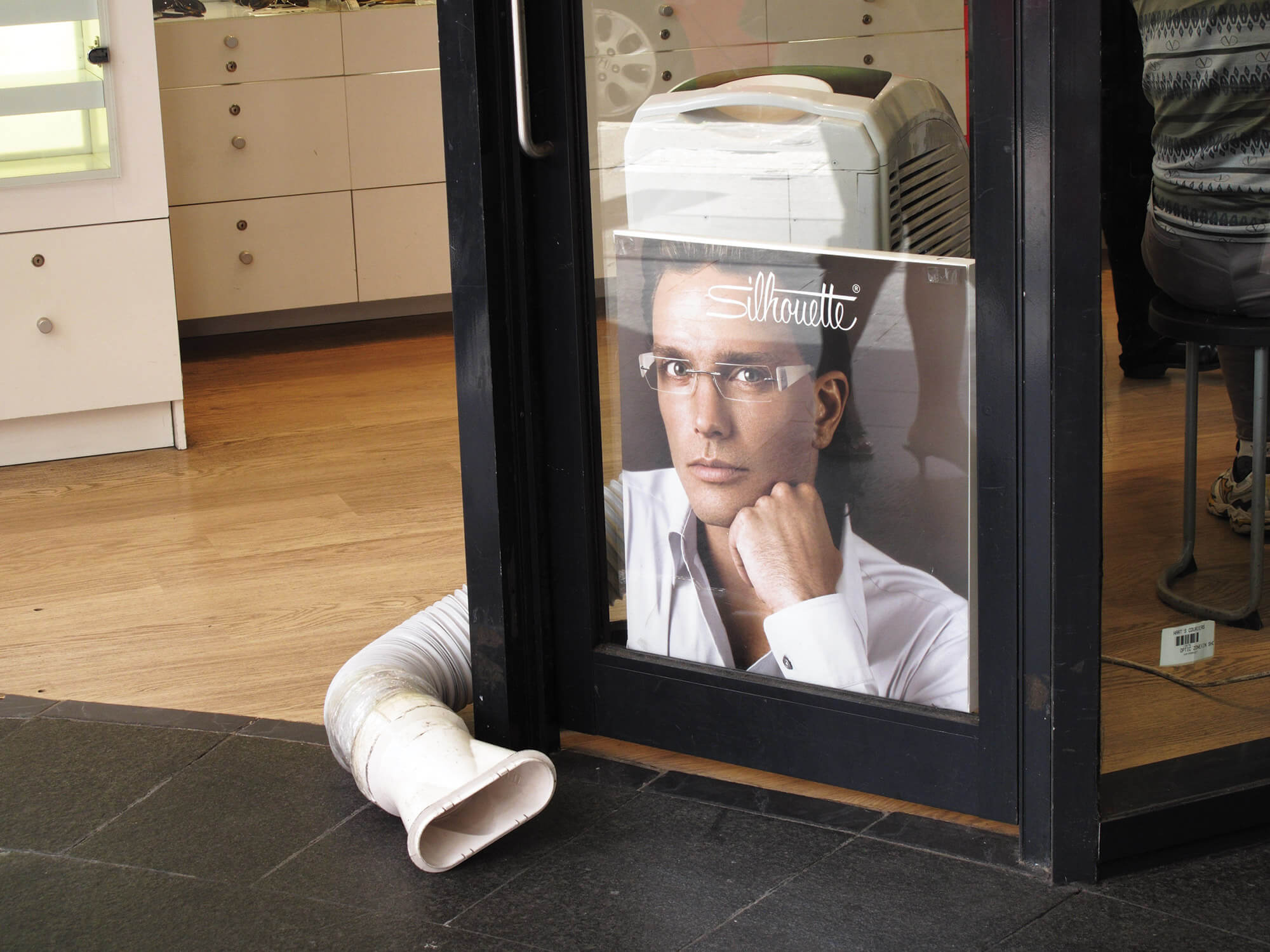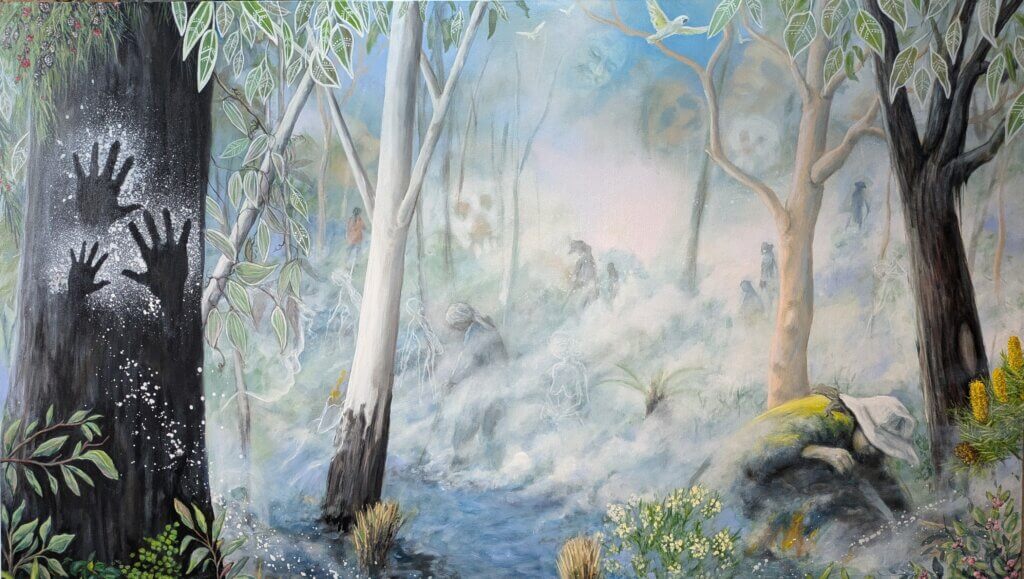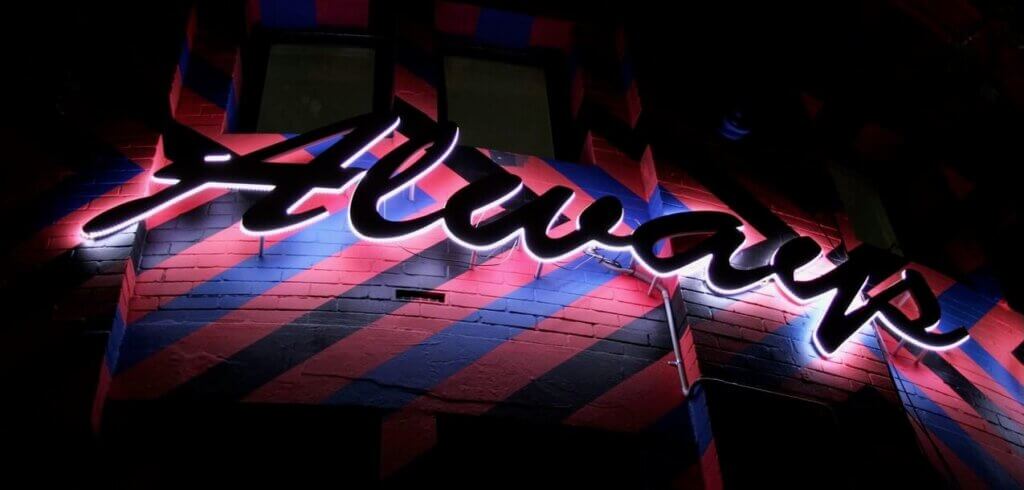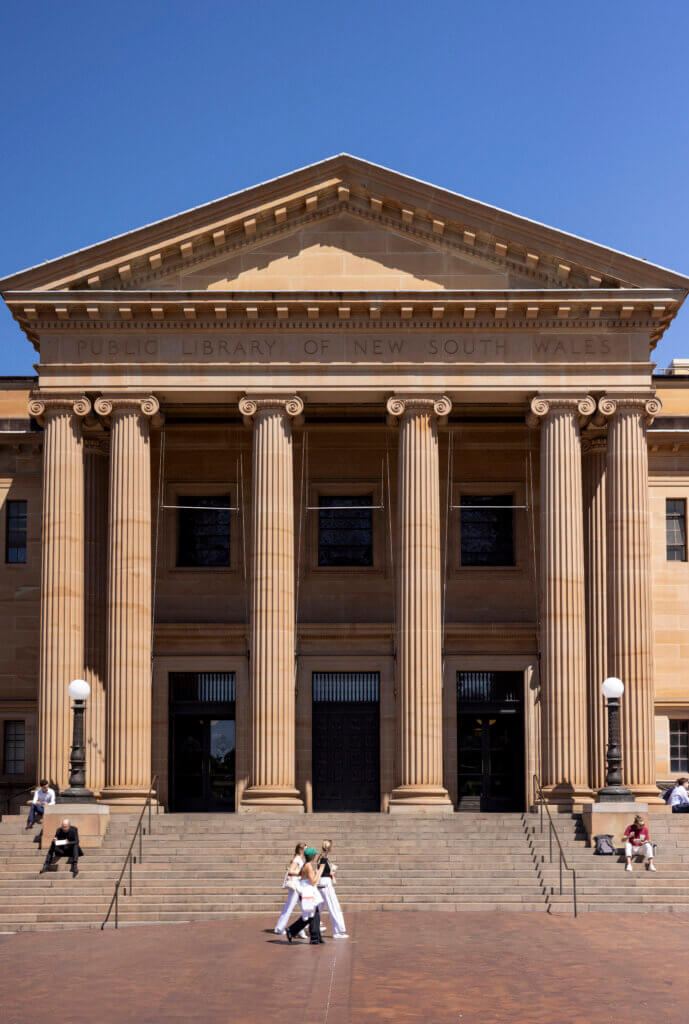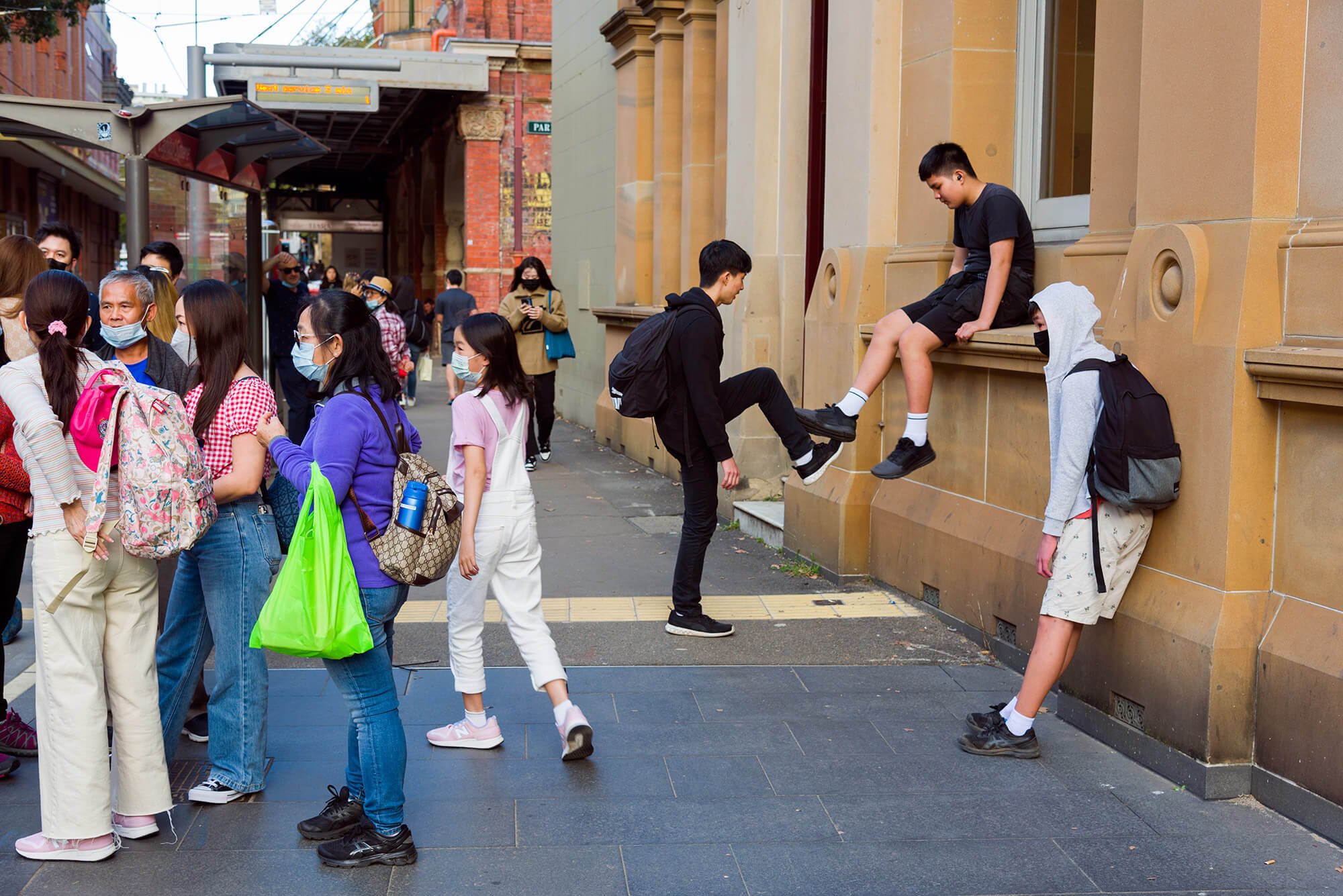
On public space: an interview with photographer Garry Trinh
Garry Trinh is an artist working in photography, video, painting and works on paper. He makes art about the uncanny, unexpected and spontaneous moments in daily life. He is inspired by his surroundings and from the vast visual output of mass culture. His works are about a way of looking at the world, to reveal magic in the mundane. He lives and works in western Sydney. He is never bored and never late.
To find out more about Garry and his work visit his website www.garrytrinh.com
Read The Conversation article 'What do we lose when our old suburbs disappear' by Felicity Castagna and Garry Trinh.
All photos courtesy Garry Trinh.
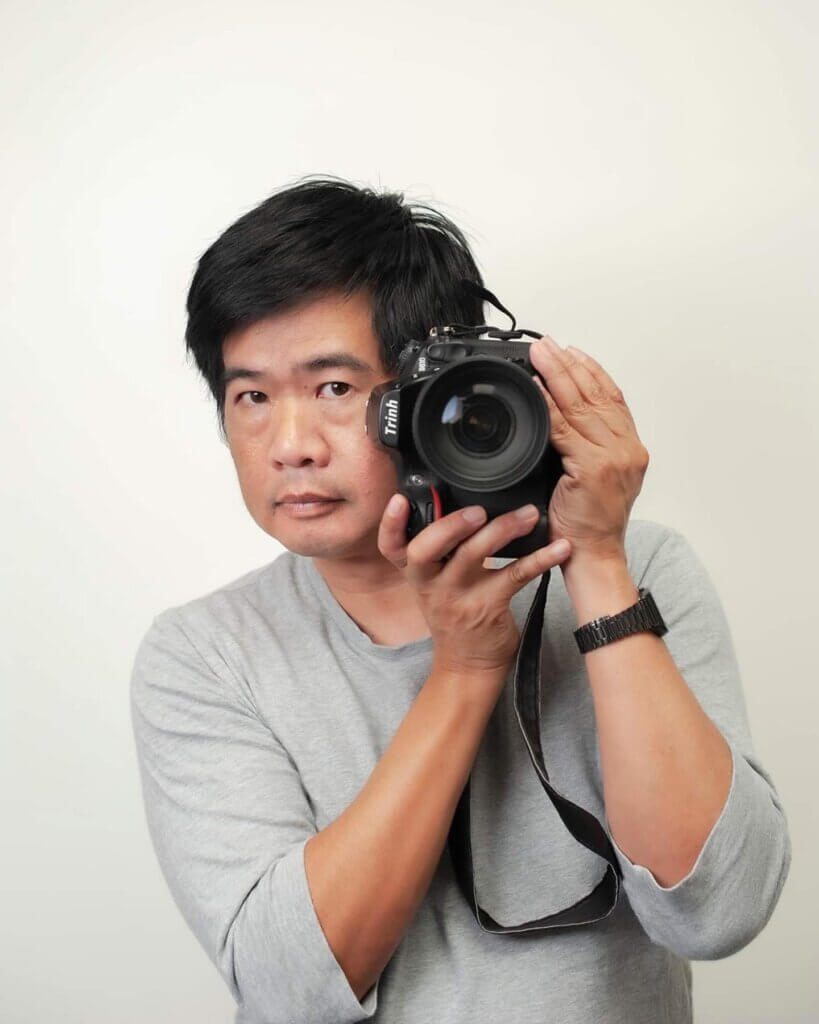
What effect has public space had on your practice, or how has it sparked your thinking around the city?
As a photographer who spends much of my time walking the street and public spaces of Sydney, I will admit I haven't given public spaces much thought. What I do think about is personal spaces, privacy and ethics. In my personal work, I am photographing people and things as they are happening in front of me. Unplanned, unscripted, unrehearsed, fleeting moments. The images are as much about my gaze as they are about the things they depict.
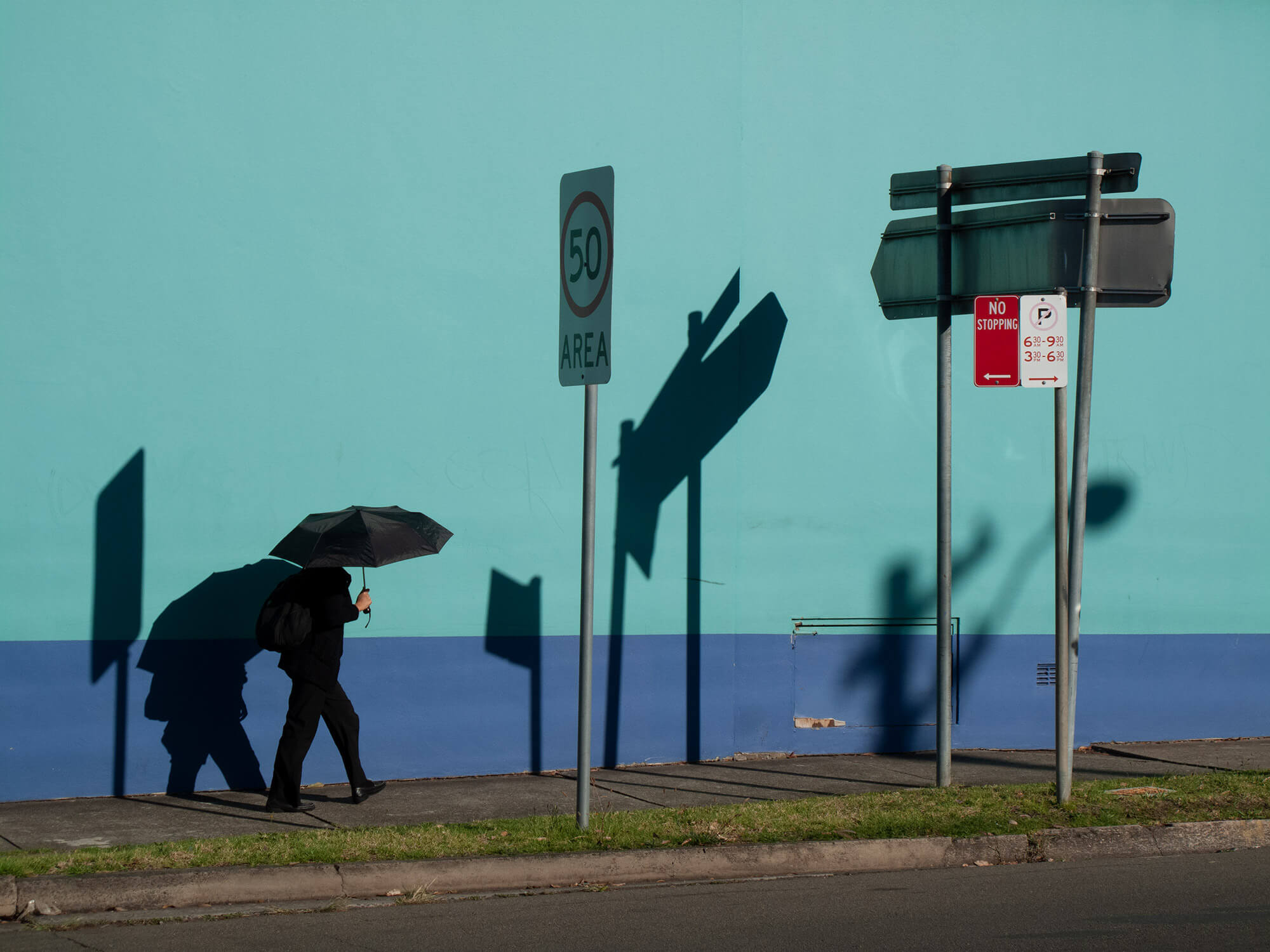
For my art photography practice, I do wait for the right moment, the right light, the right composition, the right elements to enter a frame. In that regard I am the subject of my images, more than the person or space that is depicted. Public space is just the boundary I work in.
I am drawn to public spaces that are unkept. Areas off the beaten track. Things on the periphery. Forgotten places where a community is able to transform a public space into their own. I enjoy photographing people's creativity out of necessity. I loved Cockatoo Island before they made it safe for kids. I look for inbetween spaces. I enjoy walking along rivers, railway tracks, lane ways. I love road trips for the sake of road trips.
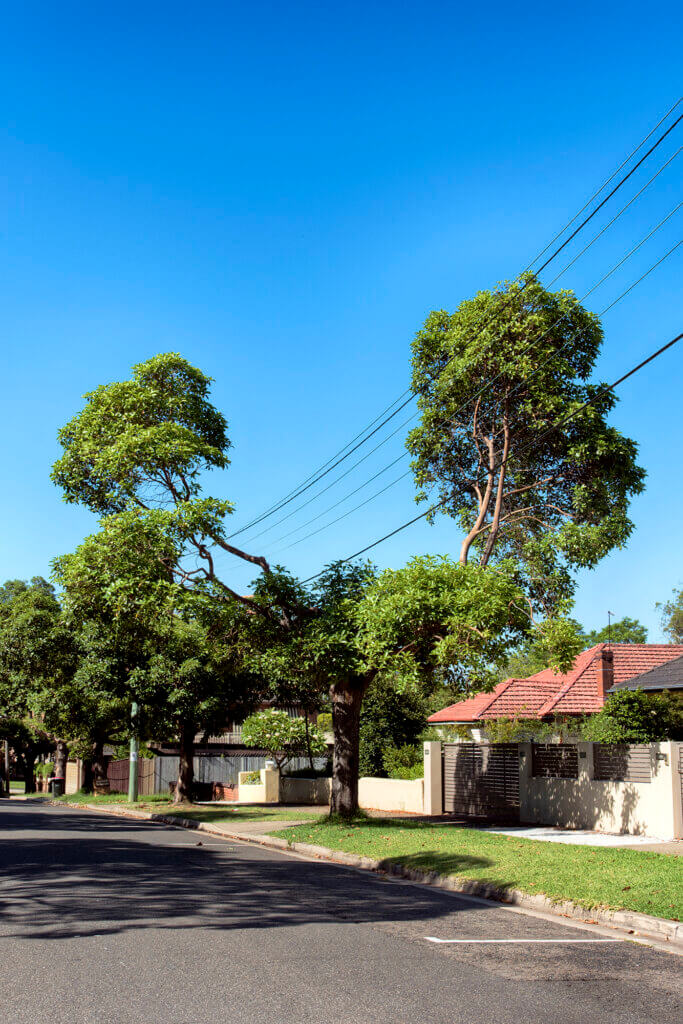
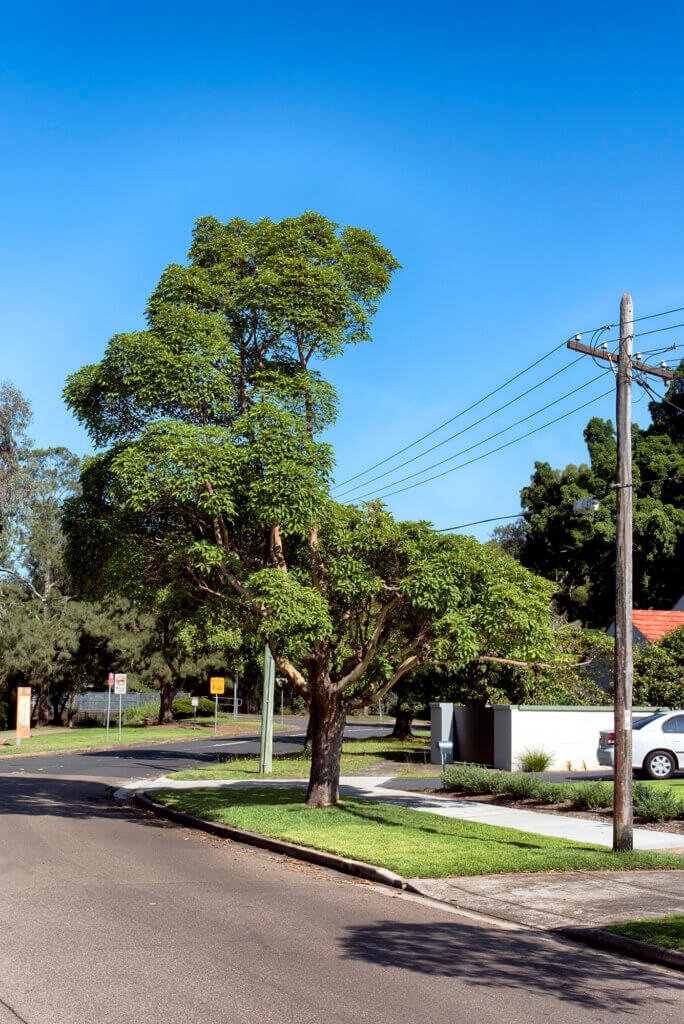
How did you come up with the idea to photograph the Giant Bonsais?
The idea of the giant bonsai came to me one day when I was stuck in my car in pouring rain under a huge pruned tree in Auburn. I’m usually on the move, walking, or driving, but I was still – stuck there – and I really looked at the tree I was parked under, the way it had been cut. The notion of it as a giant bonsai came to me and made me smile. Creating this project has made me aware of how green our city is and what we have done to tame nature.
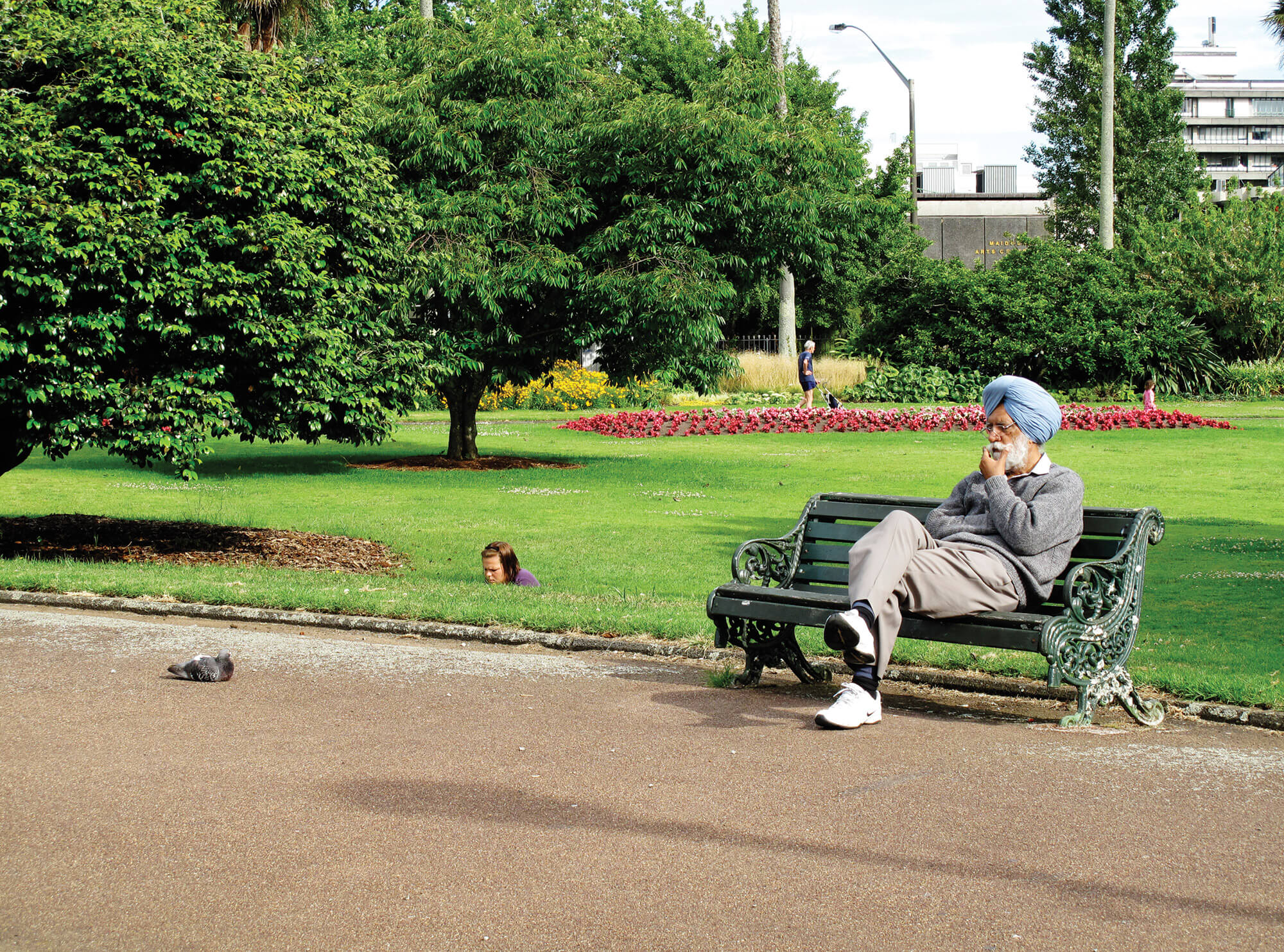
How has public space changed over time for you as an artist engaged with documenting or representing the urban experience of the city?
Candid photography in public spaces is getting harder to do. Everyone now carries a camera on their phones. People are more guarded about having their picture taken. I feel we are losing public spaces to developers who buy up land to build more apartments without providing urban infrastructure to support a more densely populated city.
Regardless of whether I am photographing in a public space or a private space, as soon as I bring my camera out people will always look at me with suspicion. The level of their suspicion is especially heightened when I am photographing the most mundane things. Perhaps they do not recognise what I am photographing as art-making, therefore I must have an ulterior motive. This is especially pronounced in the suburbs where residents rarely see a photographer. As long as I tell them that I am not from the local council, I am not from the police and I am not there to rob their house, they leave me alone.
I just got back from Golden Gate Park in San Francisco. I loved the humongous size of it and all the places you can get lost in. I love Central Park in New York and Yoyogi Park in Tokyo. People in Yoyogi Park seem to be able to express themselves without feeling judged and photography is even encouraged.
